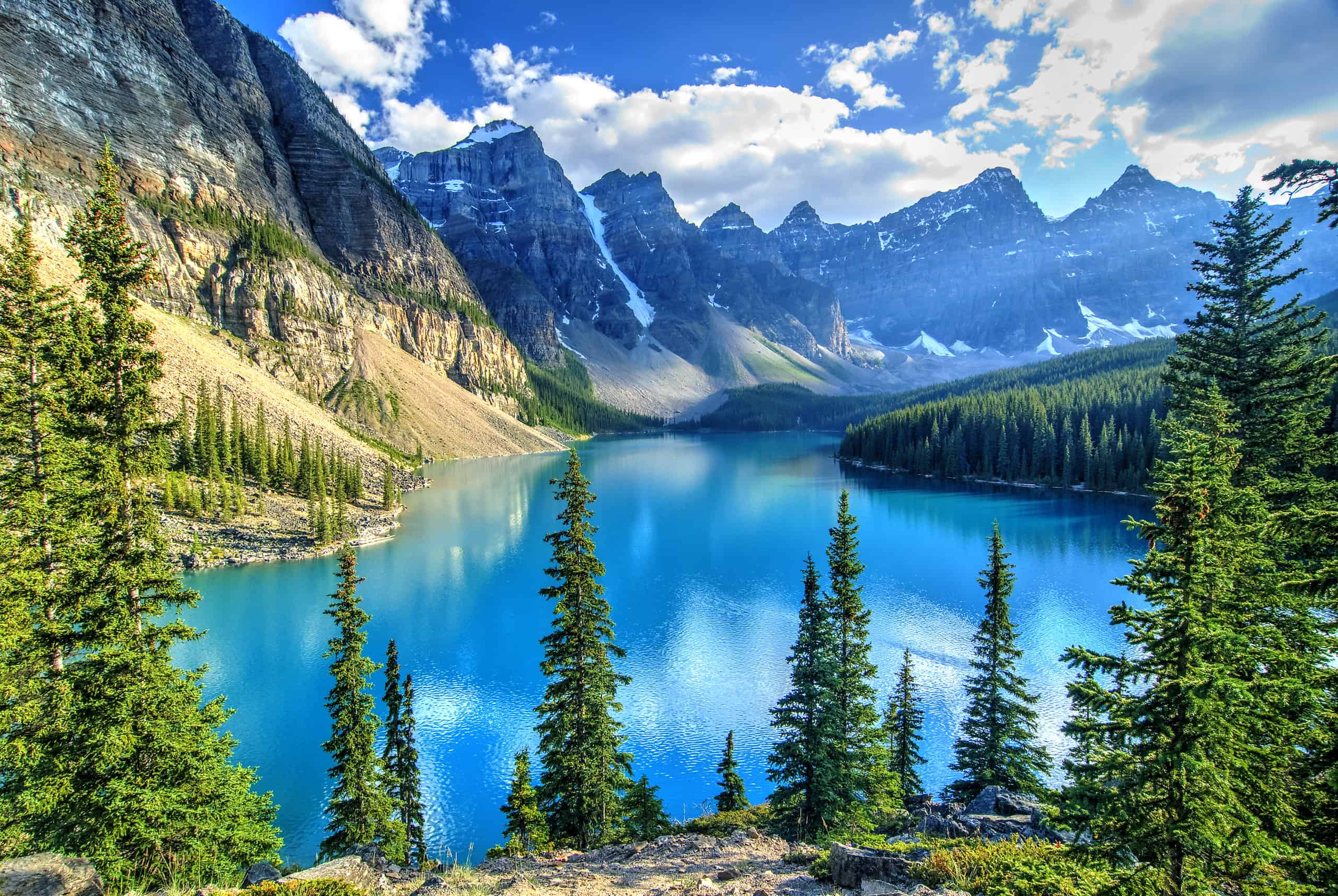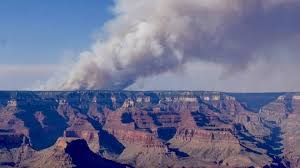Growing up, I was always surrounded by the serene beauty of lakes. From family picnics by the shores of Lake Ontario to my first canoeing experience in the pristine waters of Lake Louise, lakes have been an integral part of my identity.
Their vastness, depth, and the life they support have always fascinated me. Today, I invite you on a journey to explore some of the most interesting facts about Canadian lakes, interwoven with personal memories and reflections.
Geological History of Canada
Canada’s geological history plays a pivotal role in the abundance of its lakes. The country’s terrain has been shaped over millions of years, resulting in the formation of numerous lakes.
- Ice Age and Glacial Activity:
As I researched on Canadian Encyclopedia, during the last Ice Age, vast ice sheets covered most of Canada. As these glaciers retreated, they carved out basins in the land. When these basins filled with water, lakes were formed. - Tectonic Activity:
Tectonic movements have also contributed to the formation of lakes. As the Earth’s plates shifted and collided, depressions were created in the landscape. Over time, these depressions filled with water, giving birth to many of Canada’s lakes.
Canadian Lake Facts
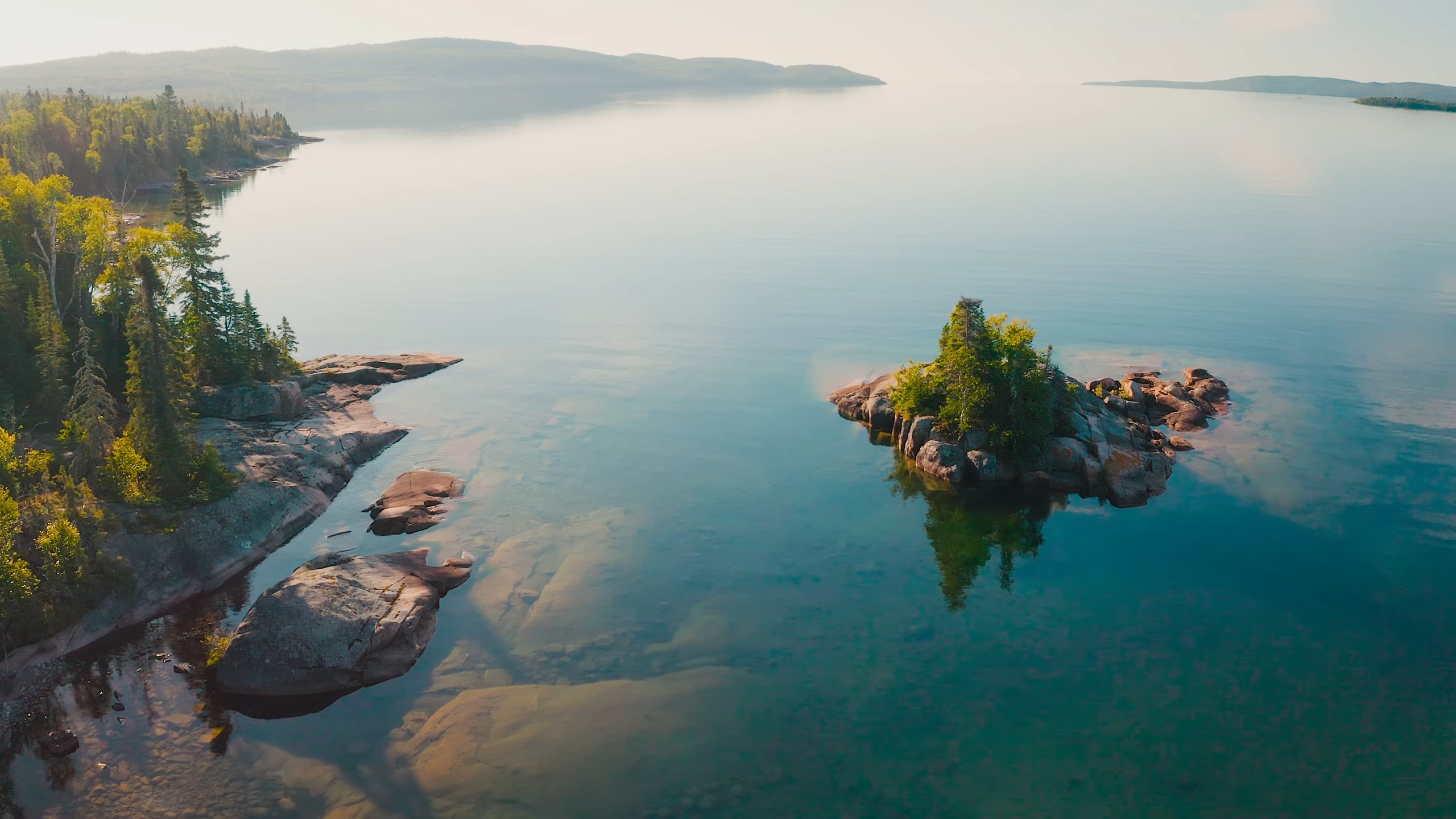
- Vast Number of Lakes:
According to a study by World Atals, Canada boasts a staggering 879,800 lakes. However, some sources suggest that the number could be over two million. Given the vast uninhabited and inaccessible regions of the country, arriving at an exact count remains a challenge. - Deepest Depths:
The title for the deepest lake in Canada goes to the Great Slave Lake, plunging to depths of 614 meters. This lake, a jewel of the Northwest Territories, holds mysteries in its profound depths. - Purely Canadian:
The largest lake entirely within Canadian borders is the Great Bear Lake, sprawling over an area of 31,328 km² in the Northwest Territories. - Shared Greatness:
Four of the five Great Lakes – Ontario, Superior, Erie, and Huron – straddle the Canada-US border. These freshwater giants account for a whopping 84% of North America’s surface freshwater. - A World Record:
Lake Superior, with half of its expanse in Ontario, holds the title for the world’s largest freshwater lake by surface area, covering a vast 82,103 km².
Lake Regions in Canada
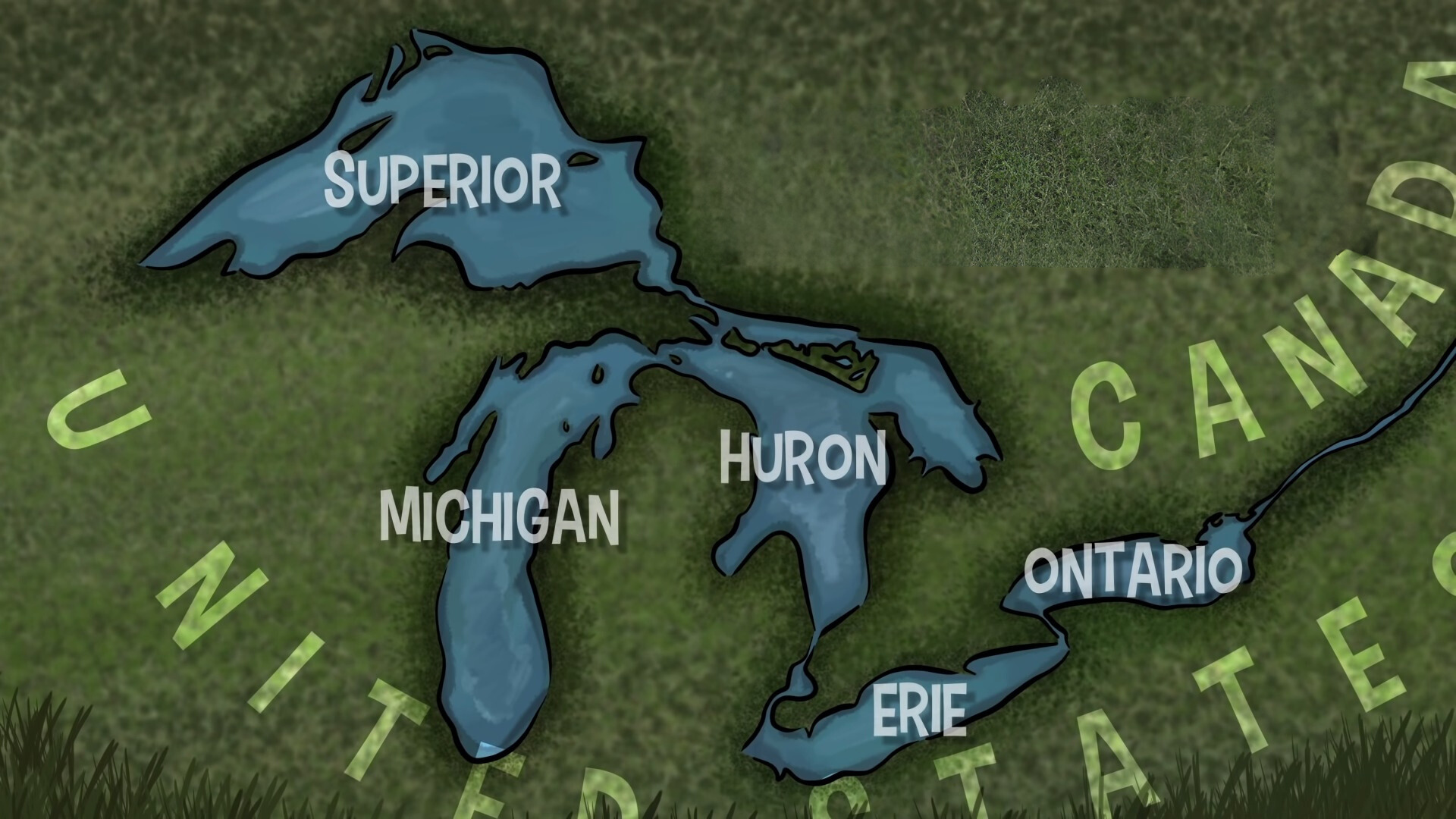
- The Great Lakes:
Dominating Ontario, the Great Lakes – Huron, Erie, Superior, and Ontario – form the largest lake cluster in the country. - Manitoba’s Heart:
Central Manitoba is graced by Lake Winnipeg, the country’s 6th largest lake. Covering 23,750 km², its southern tip is a mere 55km from Winnipeg, making it a beloved retreat for city dwellers. - Northern Giants:
The Northwest Territories are home to some of Canada’s most expansive lakes, including the aforementioned Great Slave and Great Bear Lakes. - Rocky Mountain Gems:
The Rocky Mountains, straddling British Columbia and Alberta, are adorned with pristine alpine lakes. Tourist havens like Banff and Jasper boast iconic lakes such as Maligne Lake and Peyto Lake. - British Columbia’s Lake Country:
Nestled in the interior of British Columbia, regions near Kelowna and Vernon, often referred to as “Lake Country,” are dotted with picturesque lakes, making them popular summer destinations.
Notable Canadian Lakes
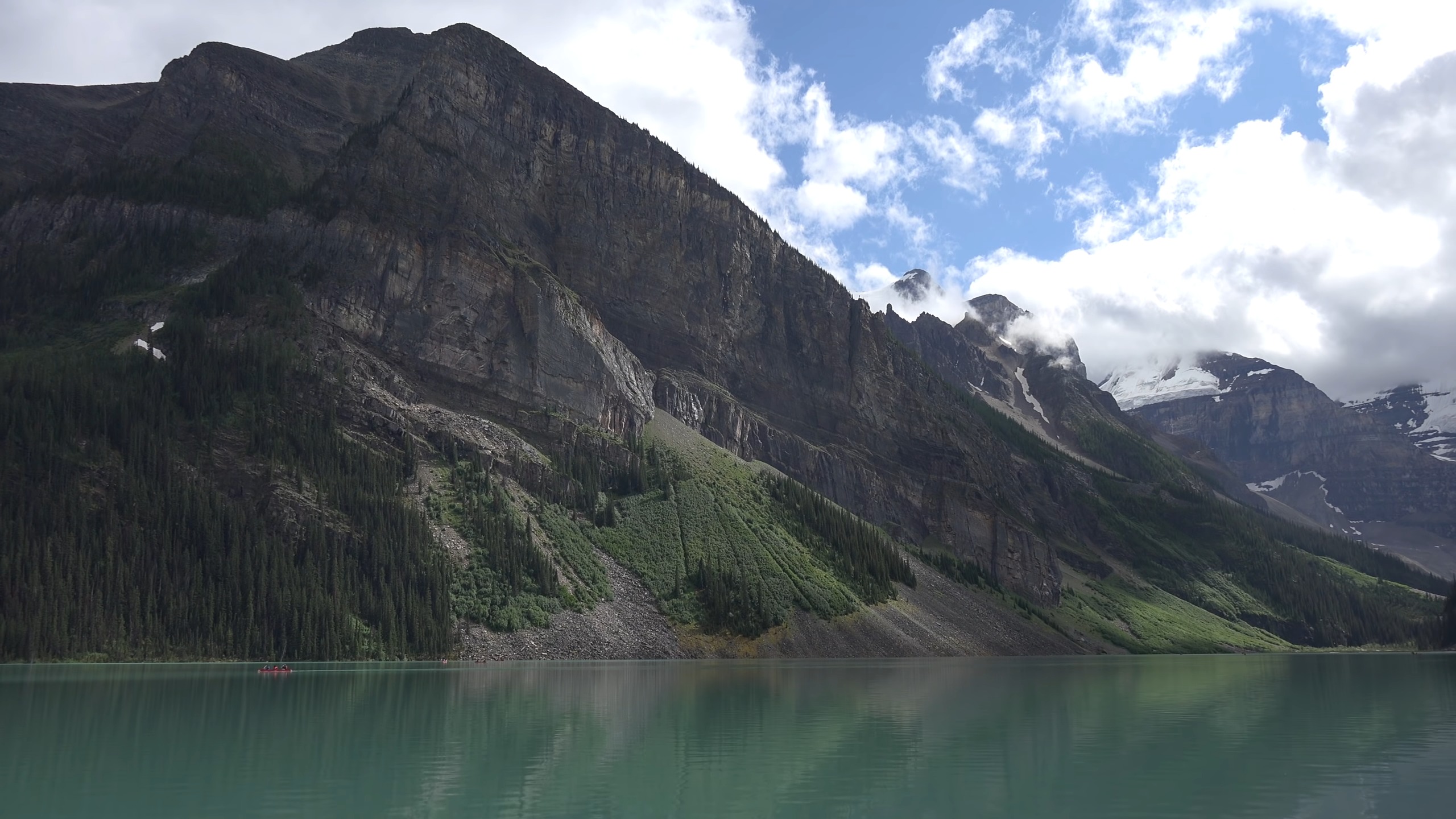
- Lake Louise:
Located in Banff National Park, Alberta, Lake Louise, with its mesmerizing beauty, draws thousands annually. - Emerald Lake:
Nestled in Yoho National Park, British Columbia, Emerald Lake is renowned for its captivating turquoise hue, making it a magnet for nature enthusiasts. - Lake Ontario:
Serving as a lifeline for people in Ontario and New York, USA, Lake Ontario is not only a vital water source but also a recreational hub for the bustling city of Toronto. - Lake of Bays:
Situated in Ontario, this lake is synonymous with Muskoka, Ontario’s cottage country. It’s where urbanites seek solace and relaxation amidst nature. - Great Slave Lake:
As Canada’s deepest and the world’s 9th largest lake, the Great Slave Lake in the Northwest Territories is truly special. Frozen for a significant part of the year, its summer thaw offers myriad recreational opportunities, with fishing being a prime attraction.
Climate and Precipitation
Canada’s climate, characterized by significant rainfall and snowfall, is another factor contributing to its plethora of lakes.
- Permafrost and Water Accumulation:
In Canada’s northern regions, permafrost prevents water from seeping deep into the ground. This results in the accumulation of water on the surface, leading to the formation of numerous small lakes and ponds.
Unique Geographical Features
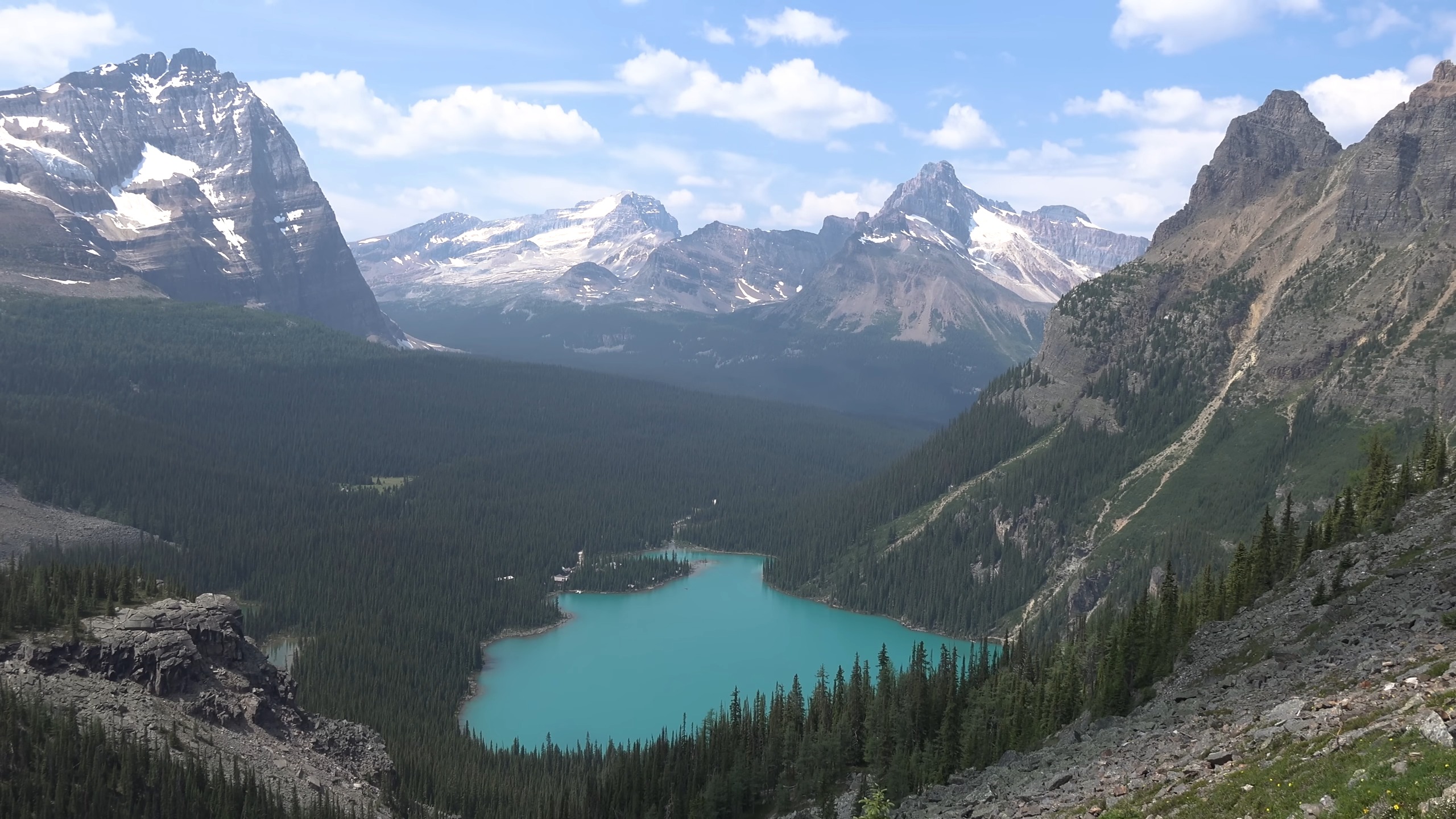
Canada’s diverse geographical features, from its vast plains to towering mountain ranges, have played a significant role in the formation of its lakes.
- Mountain Ranges and Alpine Lakes:
According to UNESCO, the Rocky Mountains and other mountain ranges in Canada are home to stunning alpine lakes. These lakes are formed in valleys carved out by glaciers or due to tectonic activity. - Canadian Shield and Basin Lakes:
The Canadian Shield, a vast area of exposed Precambrian rock, contains numerous depressions that have filled with water over time. These basin lakes are a distinctive feature of this ancient geological region.
Socio-Economic Importance of Lakes
Lakes are not just scenic wonders; they hold immense socio-economic importance for Canada.
- Recreation and Tourism:
Lakes are hubs for recreational activities like fishing, boating, and swimming. Tourist hotspots like Lake Louise and Moraine Lake attract millions of visitors annually, boosting Canada’s tourism industry. - Economic Activities:
According to the Fisheries and Oceans Canada, lakes support commercial fishing, transportation, and hydroelectric power generation, playing a crucial role in the country’s economy.
Biodiversity and Ecosystems
Canada’s lakes are more than just bodies of water; they are thriving ecosystems teeming with biodiversity, providing habitats for countless species.
- Flora and Fauna:
According to Research Gate the country’s lakes are home to a diverse range of aquatic life, from fish like salmon and trout to microscopic plankton. The surrounding areas of these lakes also support various plant species, birds, and mammals. - Wetlands and Marshes:
Many of Canada’s lakes are surrounded by wetlands and marshes. These areas, are vital for water filtration, flood control, and providing habitats for waterfowl and other wildlife.
Cultural and Historical Significance
Lakes have been integral to Canada’s cultural and historical narrative, serving as sites for settlements, trade, and spiritual significance.
- Indigenous Communities:
Many Indigenous communities are located near lakes, which have been central to their way of life, traditions, and spirituality for millennia. - Trade and Exploration:
Lakes played a pivotal role in the exploration and development of Canada. They served as natural highways for fur traders, explorers, and settlers, shaping the nation’s history.
Conservation and Sustainability
With the increasing impacts of climate change and human activities, there’s a growing emphasis on conserving and sustainably managing Canada’s lakes.
- Lake Health and Monitoring:
Organizations like LakeWatch actively monitor the health of lakes, assessing water quality and the impact of pollutants to ensure their long-term sustainability. - Community Initiatives:
Local communities, in collaboration with conservation groups, are undertaking initiatives to clean up lakes, restore habitats, and promote sustainable recreational activities.
FAQs
How do Canadian lakes impact the local climate?
Canadian lakes, especially the larger ones, can moderate local climates. They can delay the onset of seasons, leading to cooler springs and warmer autumns in surrounding areas.
Are all Canadian lakes freshwater?
While the majority of Canada’s lakes are freshwater, there are some saltwater lakes, primarily in the prairie regions, due to the evaporation of ancient seas.
How clean is the water in Canadian lakes?
Many of Canada’s lakes, especially those in remote areas, have pristine water. However, lakes near urban areas might face pollution challenges.
What’s the average temperature of these lakes in summer?
The temperature varies widely based on the lake’s size, depth, and location. While some smaller lakes can warm up to 20°C (68°F), larger ones like the Great Lakes remain cooler.
Are there any endangered species in Canadian lakes?
Yes, several species in Canadian lakes are considered at risk, including certain types of fish and freshwater mussels.
How are Canadian lakes affected by global warming?
Climate change impacts include altered water temperatures, reduced ice cover duration, and changes in water levels and water quality.
Can you visit all of Canada’s lakes?
While many lakes, especially those in popular tourist regions, are accessible, many others in remote or protected areas might be challenging to reach.
Conclusion
Canada’s abundance of lakes is a result of its unique geological history, climate, and diverse geographical features. These lakes are not just natural wonders but are intertwined with the country’s socio-economic fabric. Whether you’re admiring their beauty, engaging in recreational activities, or benefiting from their economic contributions, Canada’s lakes are truly treasures to cherish.
References
1. The Great Lakes – Huron, Erie, Superior, and Ontario -This article provides detailed information about the Great Lakes, which are a significant part of Canada’s and the USA’s freshwater resources. The EPA’s page offers facts and figures about these lakes, emphasizing their importance in the region.
2. Canada’s most expansive lakes – While the title suggests a focus on the most “expensive” lakes for real estate,.It highlights the socio-economic value of these lakes in terms of real estate and tourism.
3. Canadian Encyclopedia – Given the context, it provides detailed information about the geological history of Canada and the formation of its lakes.
4. World Atlas – World Atlas is a resource that offers information on world geography. In the context of the article, it provides data on the number of lakes in Canada.
5. Research Gate – ResearchGate is a network where researchers worldwide can share their studies and findings. In the context of the article, it has been referenced for scientific studies on the biodiversity and ecosystems of Canadian lakes.
6. UNESCO-The United Nations Educational, Scientific, and Cultural Organization (UNESCO) is a specialized agency of the United Nations. Given the context, it provides information about the geological and cultural significance of certain Canadian regions, including the Rocky Mountains.

